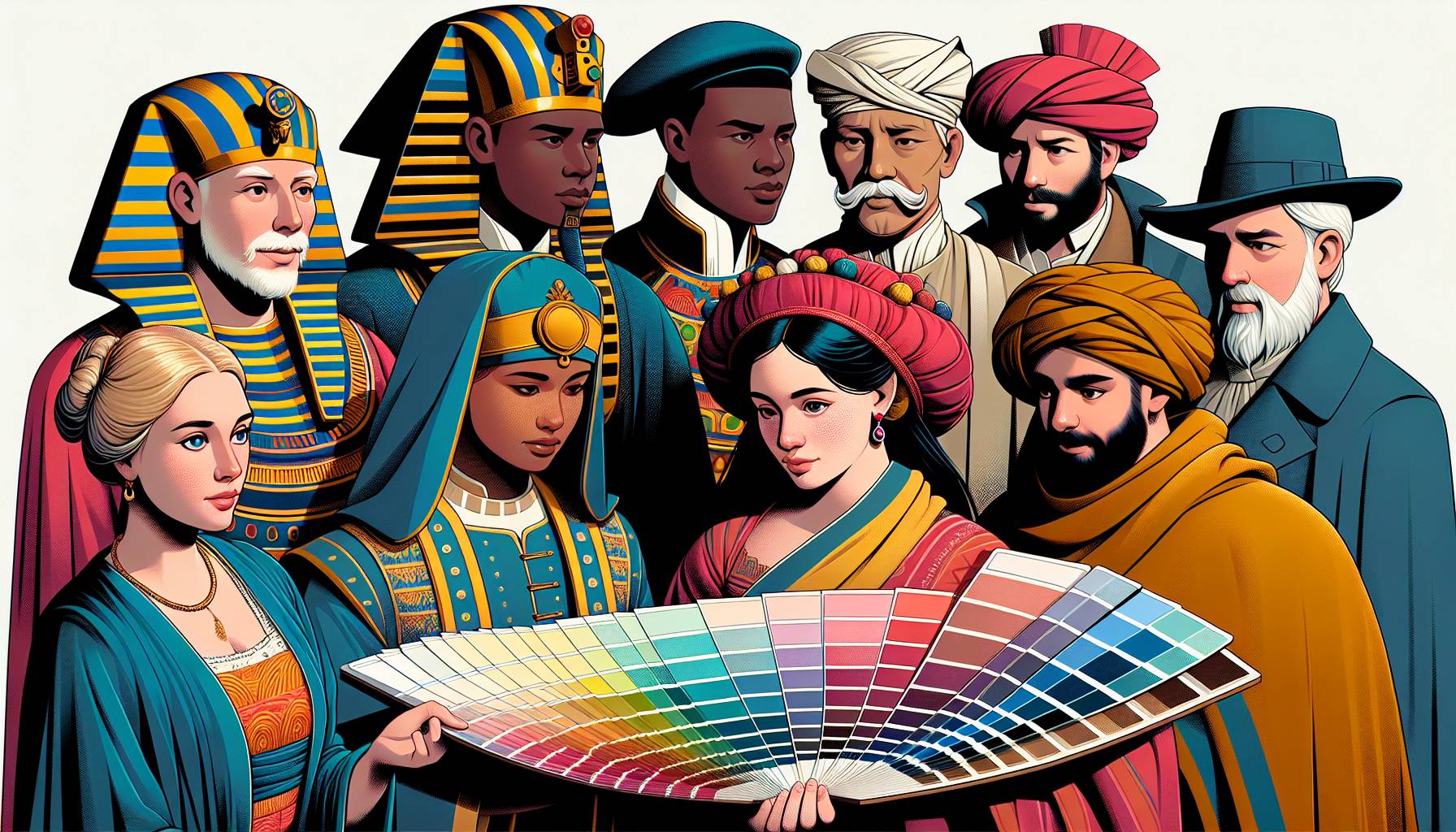Art historian Alexandra Loske’s new book, “The Book of Colour Concepts”, extensively explores the abstract phenomenon of colour and its classifications. The book takes readers on a fascinating journey through cultures, eras, and scientific theories to understand human perception of colour. Aside from exploring the variety of colours, it also investigates the associated psychology and symbolism.
Primary, secondary, and tertiary colours are closely examined, informing readers about the centuries-old development of our colour perception. The book appeals not only to art enthusiasts but to anyone curious about the history and science behind colours. It is a comprehensive guide to colour theory and how colours enhance our lives.
The book features a collection of colour illustrations and artworks that reflect Loske’s fascination with colour portrayal. It spotlights influential colour systems and works by creators like Patrick Syme and Moses Harris. Iconic colour palettes used in notable art movements and the significant works of Isaac Newton and Albert Henry Munsell are prominently featured. Plus, there are enlightening essays on colour psychology and its impact on human perceptions and emotions.
“The Book of Colour Concepts” thoroughly outlines the evolution of colour theory in relation to human civilization.
Diving into historical colour perception
Emphasis on how the progress of science, changes in the printing industry, and shifts in human tastes have shaped the development of colour theory over time is given. The book also deep dives into the psychological, cultural, and technical aspects of colours and pigment production.
According to Loske, colour holds deeper symbolic meanings and that various colours become prominent due to material availability and our understanding of light properties. The book documents historical advancements in colour study, including Isaac Newton’s breakthrough findings on rainbows. Discussions on the cultural nuances and significances of colours are also included, revealing that colours can generate different responses depending on cultural contexts.
Finally, Loske’s book delves into the significant impact of the dawn of the 20th century on colour theory. This era spawned a burst of artistic innovation as colours became more accessible and affordable in printed materials. The book also covers the impact of technological advancements on the printing industry, making colour reproduction more accurate than ever before, resulting in a fresh new way of visualising the world and interpreting art and design.
In conclusion, “The Book of Colour Concepts” gives a comprehensive view of the complex world of colour. It covers its historical evolution, theoretical aspects, and its cultural and symbolic influence on human perception of their surrounding environment. Finally, it provides practical advice on colour mixing and matching.









